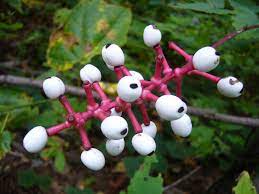By Ann Marie Hendry, October 29, 2020
For lovers of horror and horticulture alike, creating a Gothic garden filled with spooky plants can add an extra thrill to your Halloween celebrations—especially when many of us are staying home this year. Let’s explore some eerie and fascinating crops that will transform your garden into a chilling, sinister space.
The Bloody Ploughman Apple
This haunting tale hails from the Carse of Gowrie in Perthshire, Scotland, where a ploughman was shot for stealing apples. After his death, his wife found some of the stolen fruit in his coat pockets. Rather than eat them, she tossed them onto a compost heap, where one apple seed sprouted into a tree. Over time, the tree bore blood-red fruit, and the ‘Bloody Ploughman’ apple was born—its skin crimson and its flesh stained with a dark, eerie red hue. Imagine planting this macabre tree in your own garden as a tribute to a legend steeped in mystery.
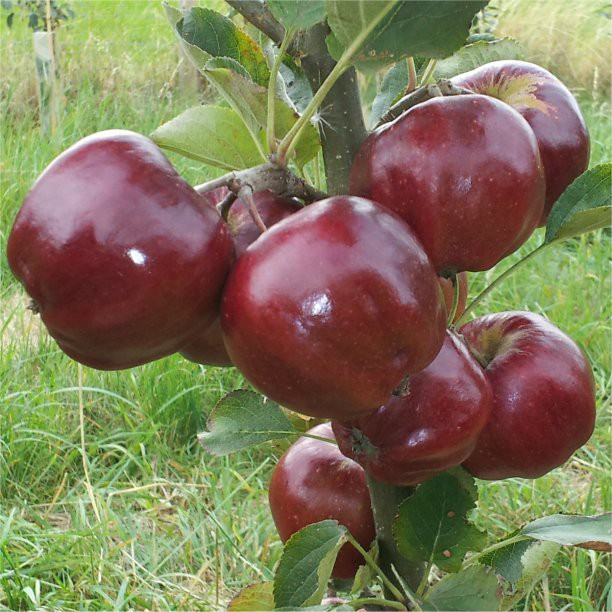
Chilies with Bite
Chilies have long been associated with heat and danger, and some varieties have names that fit perfectly into a Gothic garden. For example, the ‘Vampire’ chili starts as a dark, nearly black fruit that ripens into blood-red. Its leaves even sport a sinister black tint. For an extra chill, try ‘Count Dracula,’ with purple flowers and dark fruit that ripens to a deep scarlet. Or, for the ultimate fright, the ‘Nosferatu’ chili, which is even spicier at 25,000 SHUs. Be sure to plant garlic nearby to ward off any vampires! And for the most terrifying of all, consider the ghost pepper, whose intense heat reaches over one million SHUs, earning it a place as one of the spiciest and most fearsome plants you can grow.
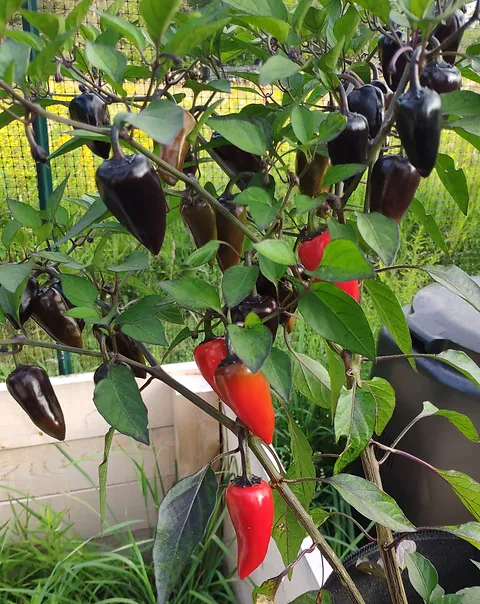
Creepy Carrots and Kooky Kale
For a truly haunting Halloween feast, look no further than dark-hued carrots like the ‘Black Nebula.’ With coal-black skin, purplish flesh, and a white core, these carrots hold their dark color even after cooking. Pair them with ‘Cavolo Nero’ or black kale—its eerie, warty leaves lend a sinister touch to your garden. If you want an extra spooky flair, seek out the ‘Black Magic’ variety, perfect for any witch’s garden.
Terrifying Tomatoes and Sinister Squashes
Tomatoes can be spooky on their own, especially varieties like the dark, blood-red ‘Black From Tula,’ or the deep purple ‘Black Cherry.’ These tomatoes are perfect for the brave gardener who dares to add a sinister touch to their meals. As for pumpkins, which are the quintessential Halloween crop, some legends suggest that pumpkins exposed to the full moon might turn into vampire pumpkins. Try the traditional three-sisters planting method with a dark twist: pair warty pumpkins, glossy black corn, and purple beans to create a spooky garden that’ll have you on edge.
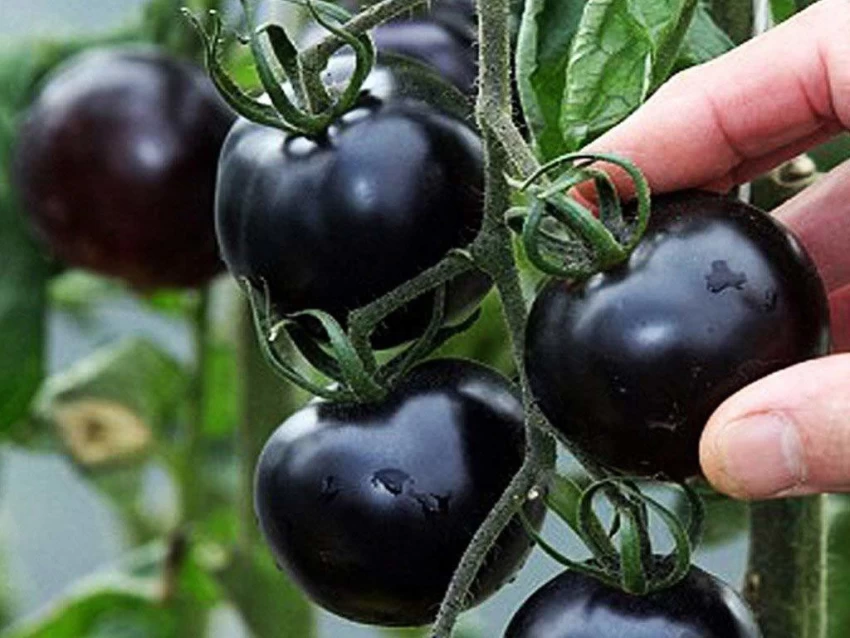
Fearsome Fruits and Poisonous Plants
Berries like raspberries and blackberries are perfect for a Gothic garden, with their gory red stains that make them seem almost too terrifying to eat. But beware of Actaea pachypoda, also known as ‘Doll’s Eyes,’ a shrub with toxic, white berries. These creepy berries will evoke nightmares of horror films like Child’s Play. Although this plant is dangerous, it adds an unsettling beauty to any garden.
If you’re looking for more eerie plants, try non-edible varieties that are equally fascinating and haunting, such as wolfsbane, blood grass, devil’s claw, or deadly nightshade. These plants are shrouded in mystery and danger—perfect for a garden that both frightens and fascinates.
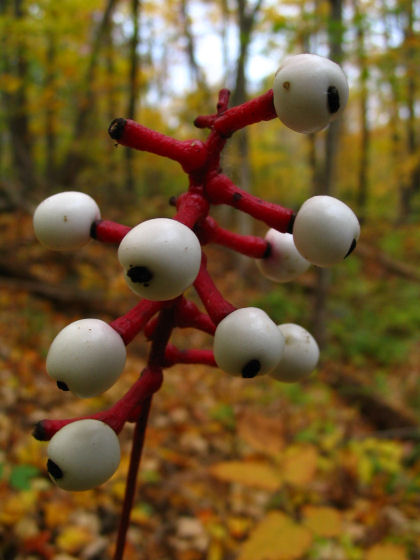
A Garden of Fright
Whether you choose to grow the ‘Bloody Ploughman’ apple or fill your garden with chilling chilies, eerie carrots, and haunting herbs, your Gothic garden will surely leave visitors feeling educated and intrigued by the stories behind each sinister plant. As for me, I’m still debating whether to plant the ‘Bloody Ploughman’ apple tree. Tonight, as the wind howls through the trees, I might just hear the faint rustling of a ghostly ploughman stealing one final apple from the garden…
